
 Relationship of volume of voids to volume of cement - Bahrain.
Relationship of volume of voids to volume of cement - Bahrain.
The calculation of mortar fraction is based upon volumetric relationships for concrete developed by Feret of France (1896). These relationships form the basis for the absolute volume method of concrete mixture design of ACI 211 and also the gravimetric air content calculation methods of ASTM C 138. Concrete consists of several constituents, these being principally air, water, sand, stone and cementitious material. Generally the volume of liquid admixtures is neglected for these calculations, unless large quantities are used.
The key is to calculate the absolute volume of each component. This is done by using the bulk specific gravity of each material, as determined by laboratory tests and by measuring the fresh density of the concrete. The air content cannot be determined by direct calculation, as it does not have mass, and therefore must be determined by calculating the remaining volume after all other constituents are done. This is illustrated as follows:
Table 1. Volumetric Calculations
Ingredient Amount Conversion Volume, m3
Cement 370 kg 370/(3.15 x 1,000) = 0.1175
Stone 1,280 kg 1280/(2.68 x 1,000) = 0.4776 Sand 600 kg 600/(2.65 x 1,000) = 0.2264
Water 150 litres 150/1,000 = 0.1500
Sub-total = 0.9715
Air 1.0 m3 - 0.9715 = 0.0285
Total Volume = 1.0000
The mass of each material is the masss per cu m. These masses are measured, and include absorbed water, in the case of stone and sand. This is termed the saturated surface dry condition. All measured masses are adjusted according to the measured fresh density.
The masses of the materials are converted to per cu m volumes according to the bulk specific gravity multiplied by 1,000. The specific gravity of water is 1.00 for practical purposes, and the specific gravity of cement generally does not vary from 3.15 significantly. Where mineral supplements or additives form a part of the mixture, the manufacturer of the material should be contacted to obtain the specific gravity; in some cases independent tests may be required. The air is the last to be calculated; it is the result of all other volumes subtracted from a 1 cu m volume. For this example, the mortar fraction (MF) is the sum of the air, water, sand and cement. This becomes:
MF = 0.0285 + 0.1500 + 0.2264 + 0.1175 = 0.5224 m3 = 52.2%
A simple method for calculating the mortar volume in any cu m of concrete is to subtract the volume of stone as follows:
MF = 1 -1280/(2.68 x 1000) = 0.5224 m3 = 52.2%
Another very important aspect is the relationship that Feret discovered, or that the volume ratios and strength are strongly correlated. I have used this law to investigate the concrete produced in Bahrain by establishing the relationship of the volume of voids to volume of cement (V/C) and strength at 28 days as presented for the first time in Figure 3. The volume of voids is considered the volume of water and air and the ratio is calculated as follows:
Volume of voids 0.0285 + 0.1500 = 0.1785 cu m
Volume of cement = 0.1175 cu m
Voids to cement ratio (V/C) 0.1785/0.1175 = 1.519





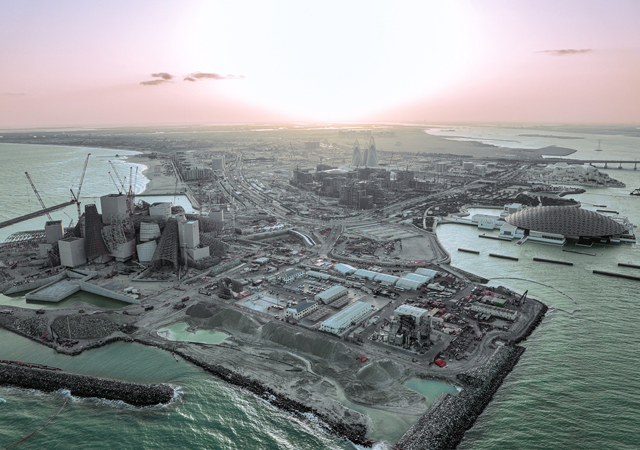


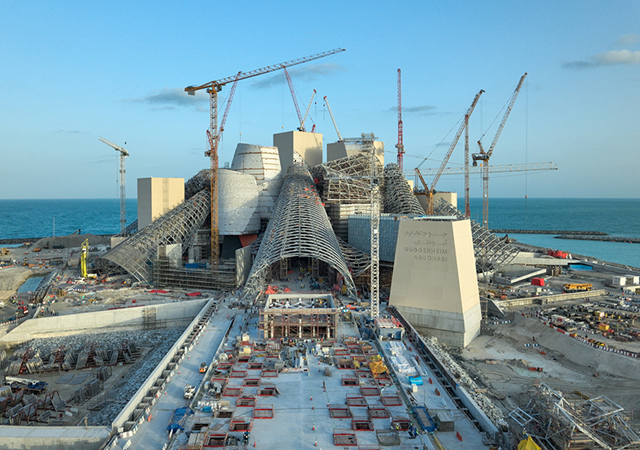
.jpg)

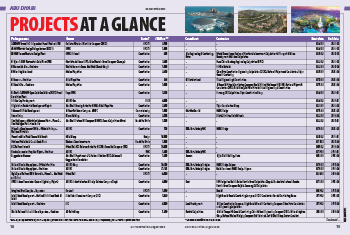



.jpg)


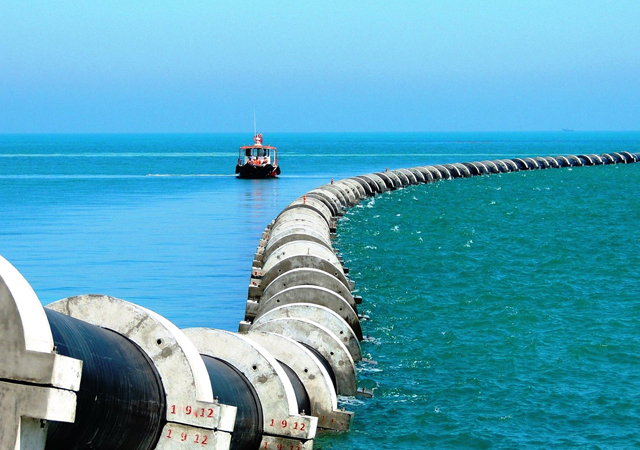



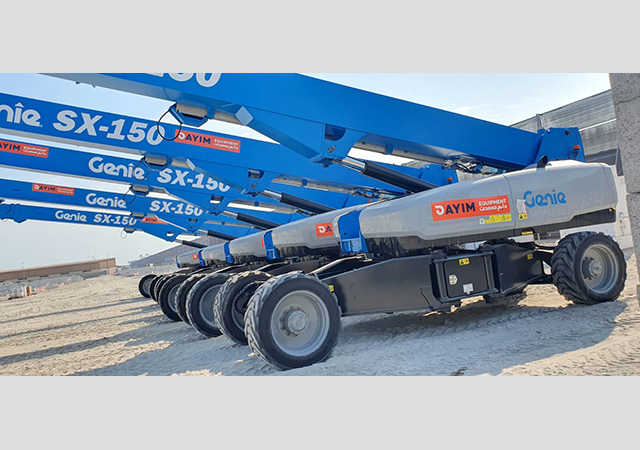
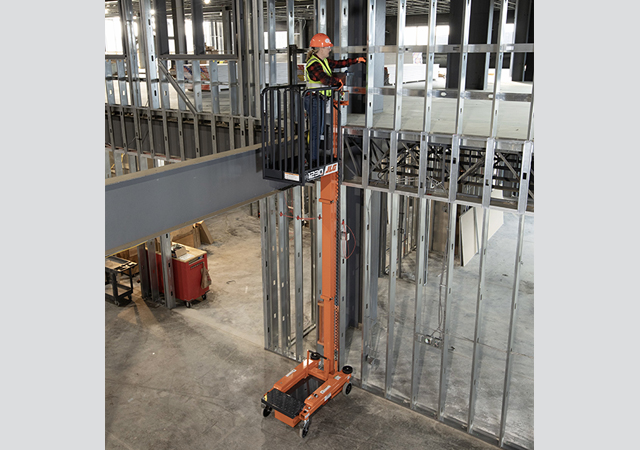



Doka (2).jpg)



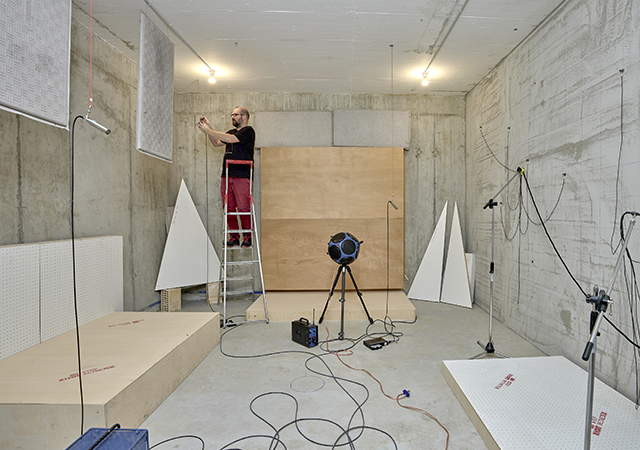
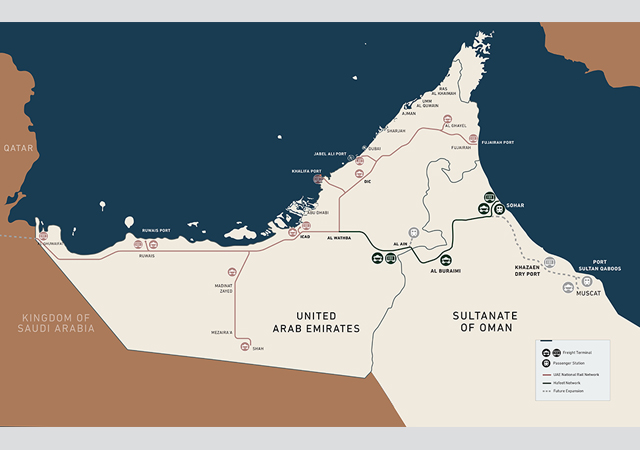




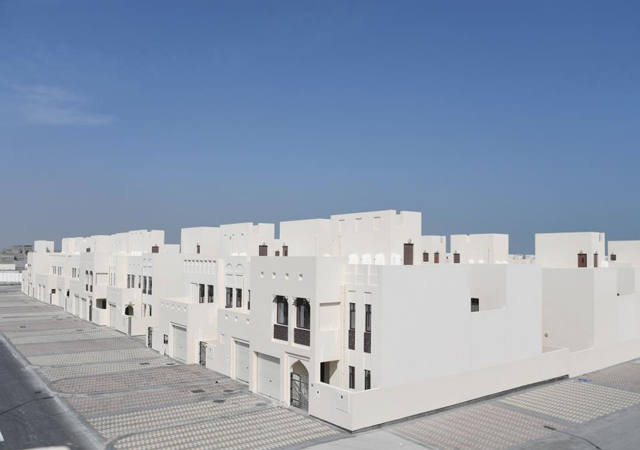






























.jpg)
.jpg)

.jpg)



